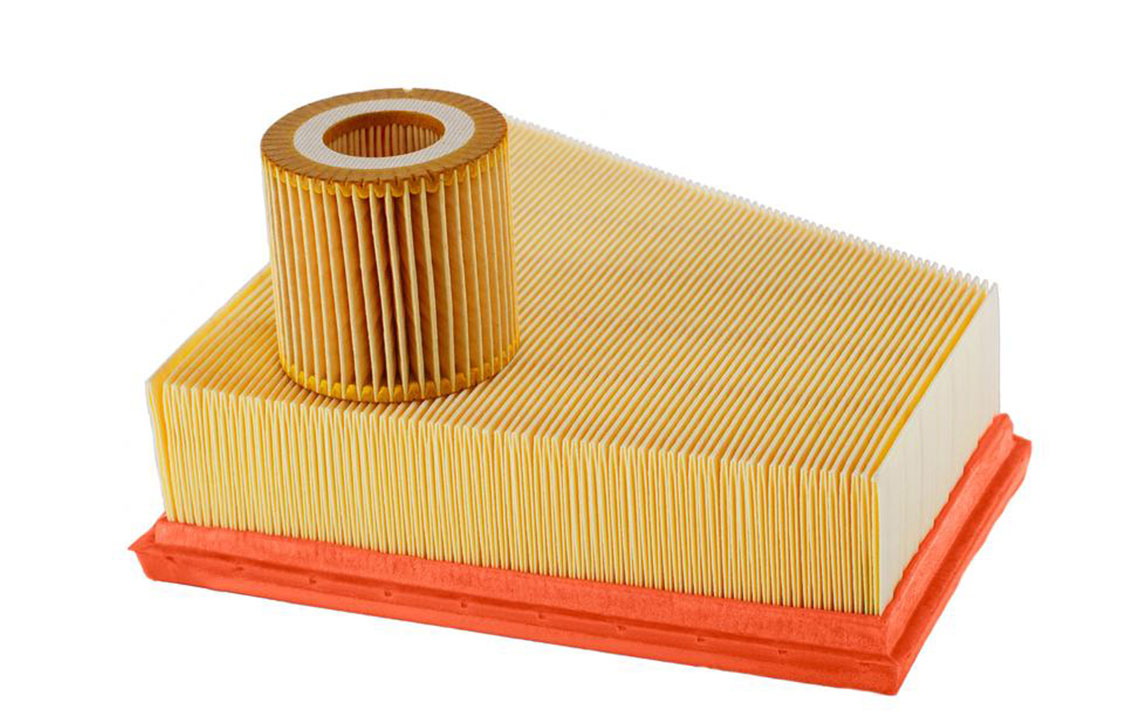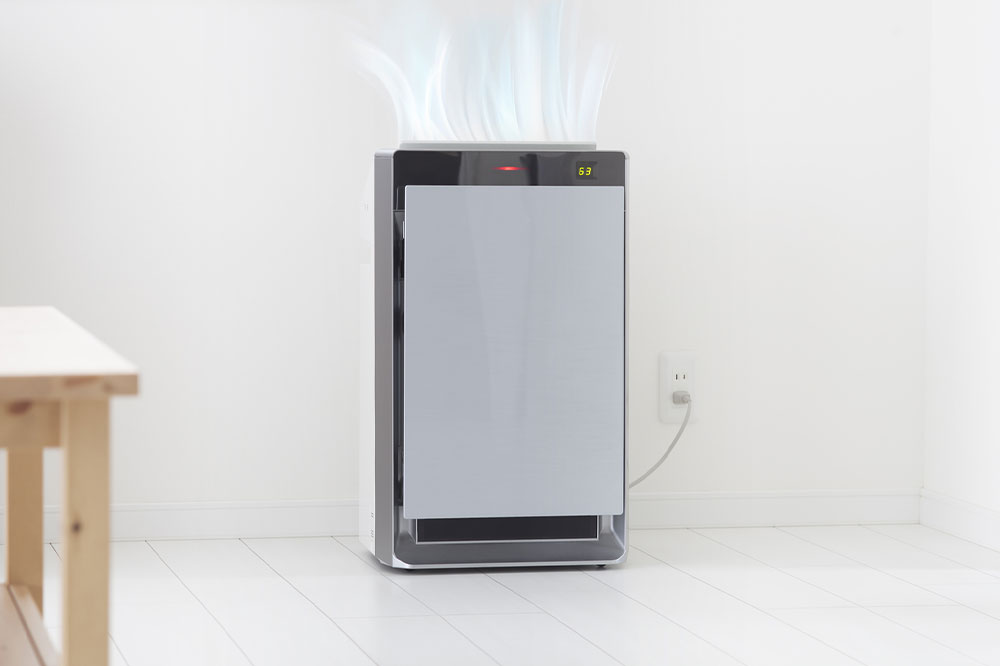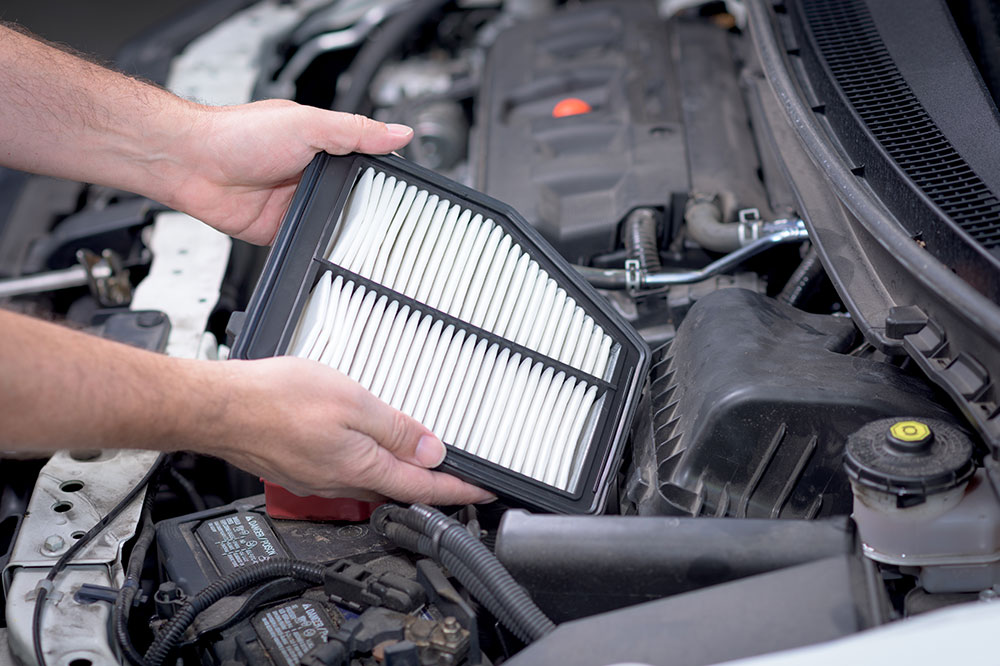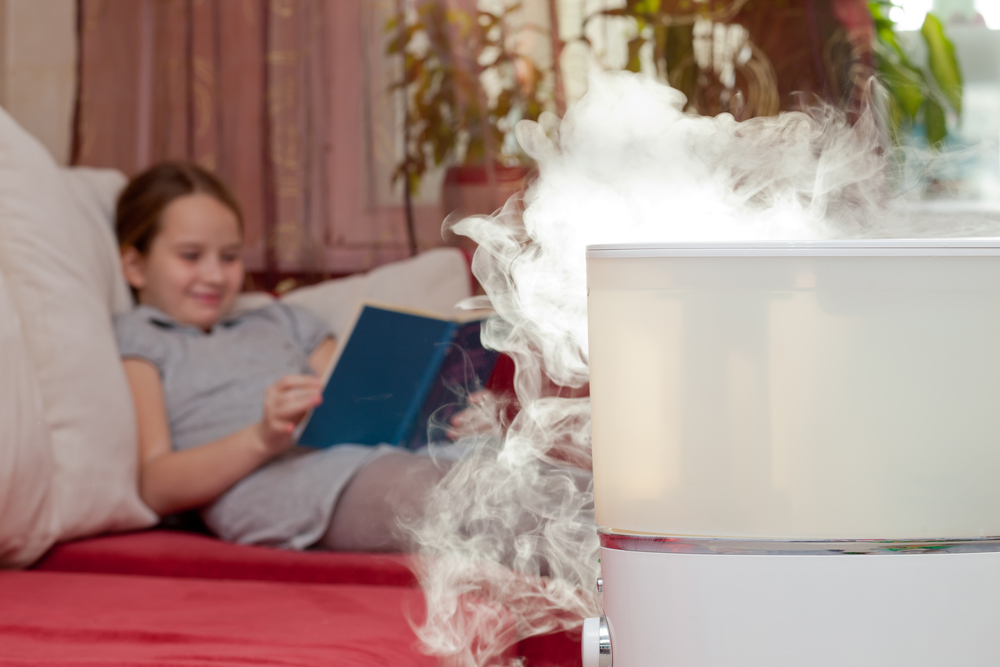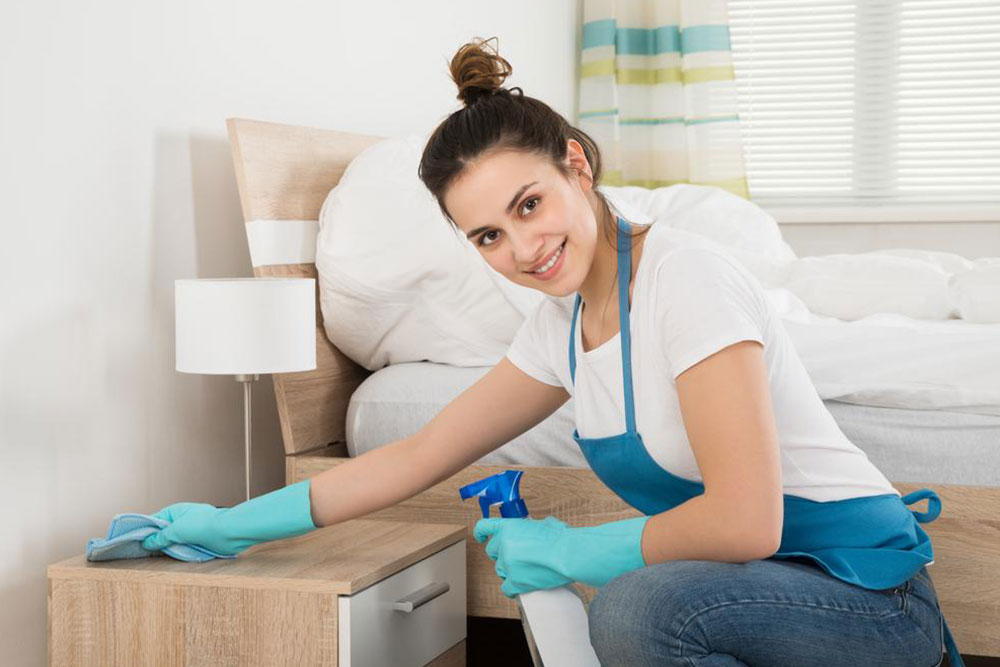Differences Between Air Filters and Purifiers: Which Is Right for Your Home?
This article explains the key differences between air filters and purifiers, highlighting their types, uses, and advantages. It guides homeowners in selecting the right air quality solutions to ensure a healthier living environment, emphasizing the importance of combining both for comprehensive indoor air management, particularly during allergy seasons or high pollution periods.
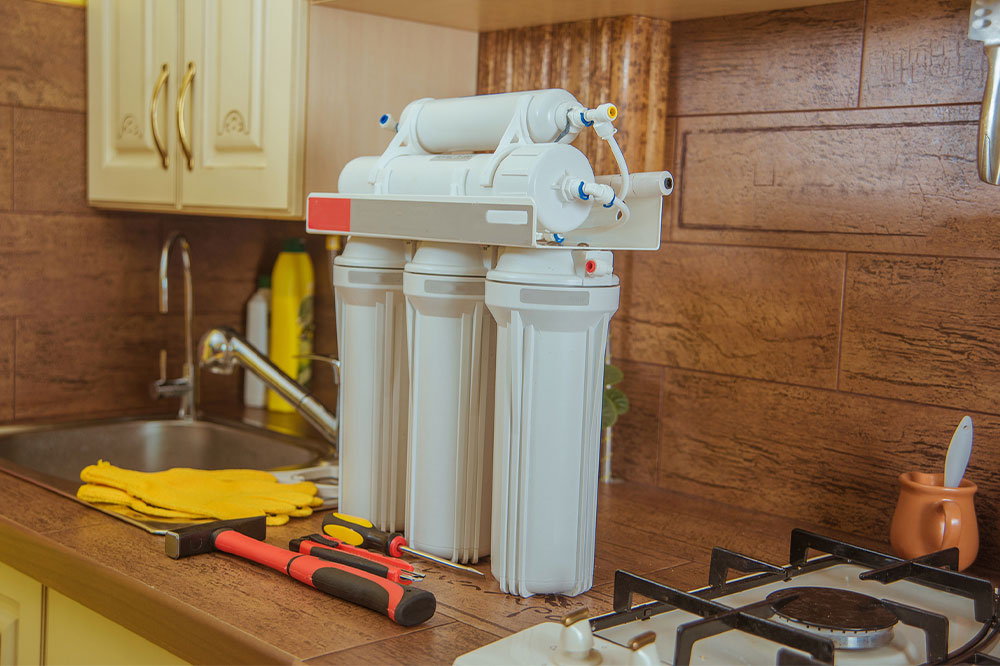
Understanding Air Filters vs. Air Purifiers
Ensuring clean indoor air is a priority for homeowners. Recognizing the distinction between air filters and purifiers is essential. While air filters are integral parts of HVAC systems, designed to trap pollutants like dust and allergens, air purifiers actively remove or neutralize airborne contaminants. This article explores their differences, benefits, and limitations to help you choose the best solution for your environment.
Types of Air Filters
Air filters capture particles such as mold, dust, pollen, and bacteria. Despite similar functions, filters and purifiers differ in operation.
HEPA Filters
High-Efficiency Particulate Air (HEPA) filters block up to 99.97% of particles as small as 0.3 microns, making them highly effective in homes, industries, and hospitals.
Fiberglass Filters
Common disposable filters made from fiberglass layers trap pollutants effectively; some are electrostatically charged for enhanced filtration.
Activated Carbon Filters
Porous and capable of trapping gases and odors, these filters are often used as pre-filters or secondary filters within HVAC systems.
Reusable Filters
Washable and cost-efficient, these filters can be cleaned and reused multiple times, reducing replacement costs.
Primary Uses
Filters improve air quality by trapping dust, pet dander, mold spores, pollen, and bacteria in heating and cooling systems. They help prevent health issues caused by airborne pollutants.
Advantages and Disadvantages
Filters excel at capturing larger particles like dust and pet hair. However, they can be noisy due to fan operation and tend to be costly over time. Additionally, they do not produce negative ions, which some air purification systems utilize.
Types of Air Purifiers
Air purifiers are devices designed to eliminate airborne pollutants, resulting in fresher indoor air. They come in various types based on their purification method.
UV Light Purifiers
Use ultraviolet radiation to sterilize microorganisms, rendering them harmless.
Activated Carbon Purifiers
Utilize activated charcoal to absorb chemicals, odors, and gases from the air.
Ionic Purifiers
Emit ions that attach to airborne particles like bacteria and dust. These ions are then attracted to charged plates within the device, cleaning the air.
Applications
Purifiers help reduce allergens, control mold spores, and minimize exposure to airborne chemicals, benefiting allergy sufferers and asthma patients. They also help lower the risk of airborne diseases.
Benefits and Limitations
Air purifiers effectively eliminate pathogens and are quiet and economical. However, they are less effective at removing larger dust particles and only purify the air in specific room areas without good circulation. Combining filters and purifiers enhances overall indoor air quality.
Summary of Functions
Filters are available in various sizes and are effective at capturing larger particles like pet fur and lint, primarily improving overall air quality. Air purifiers come in different room-sized models, focusing on neutralizing or trapping gases, odors, and smaller contaminants. While filters improve air circulation within HVAC systems, purifiers sanitize the air directly, addressing viruses and mold. Using both devices together offers optimal indoor air management, especially during seasons with high pollution or allergens.

